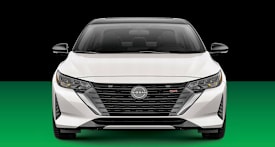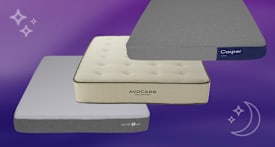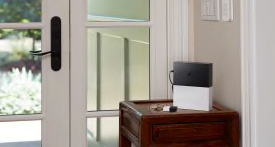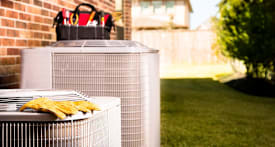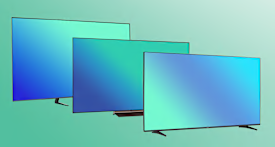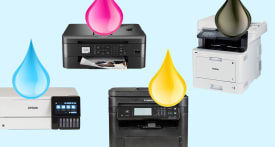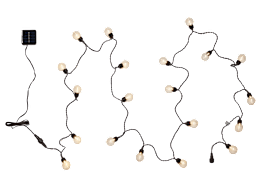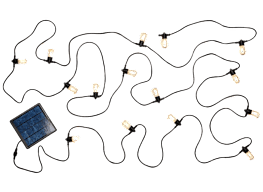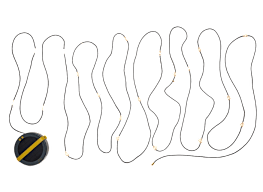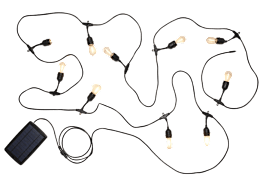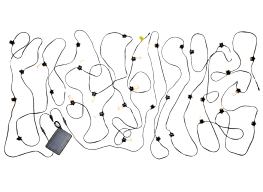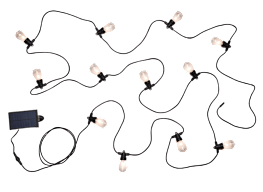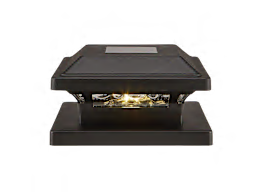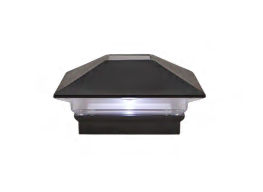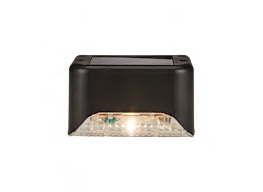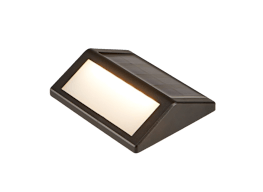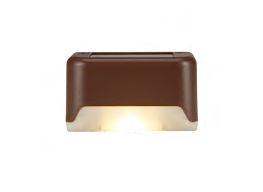Best Solar Outdoor Lights of 2025
These solar-powered LEDs let you safely enjoy your backyard into the wee hours
When you shop through retailer links on our site, we may earn affiliate commissions. 100% of the fees we collect are used to support our nonprofit mission. Learn more.

Good outdoor lighting dramatically extends the hours when you can enjoy your yard. It can make things safer by highlighting paths and walkways, or you can use it to showcase standout features like a koi pond or slate patio. And, of course, the beauty of outdoor solar lighting is that there’s no need for wiring or an outdoor outlet.
- Best Solar Outdoor Lights: Landscape Deck String
- How Do Solar Outdoor Lights Work?
- How CR Tests Solar Outdoor Lights
CR's Guide to Home Improvement
Find top-rated products and expert tips to help you save energy and money—and protect your home from extreme weather.
Best Solar Landscape Lights
There are two main types of solar landscape lights. Spotlight varieties are designed to cast all their light in a single area, much like a spotlight in a theater. Path or walkway varieties typically disperse their light evenly in a circle around the fixture, rather than targeting light into a single spot.
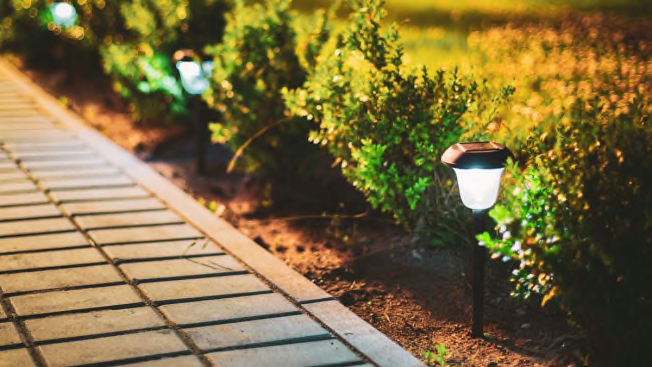
Photo: Getty Images Photo: Getty Images
Best Solar Deck Lights
Solar deck lights are designed to illuminate a wider area around the post, much like a pathway light, to help you get around safely after dusk.
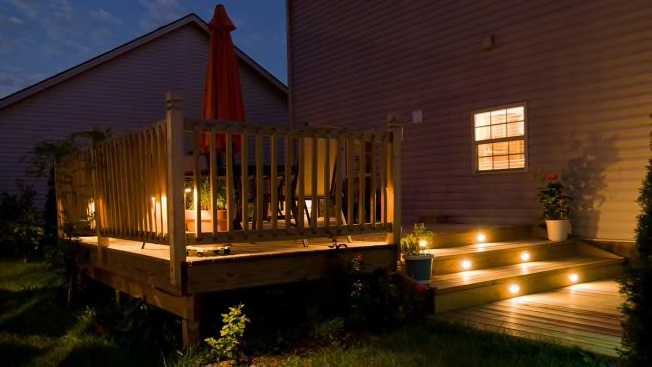
Photo: Adobe Stock Photo: Adobe Stock
Best Solar String Lights
Solar string lights can add a festive flair to your backyard setup. The length of the string, number of bulbs, and spacing between bulbs vary, as does the color profile of the light they generate. Most mount via plastic clips, which you can snap onto exposed nails, screws, or hooks on an outdoor structure, or even onto thin branches on a tree.
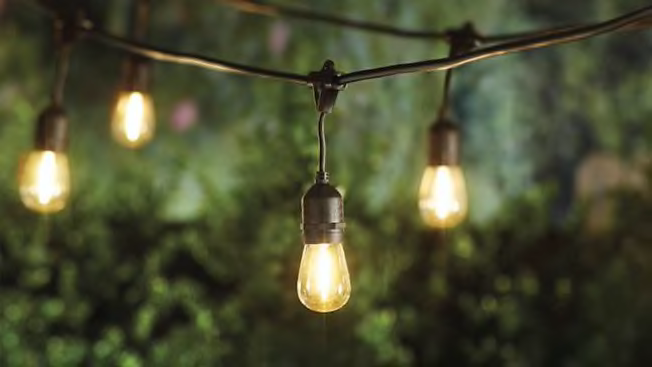
Photo: Harbor Breeze/Lowe's Photo: Harbor Breeze/Lowe's
How Do Solar Outdoor Lights Work?
All solar outdoor lights draw power from the sun during daylight hours and store that power in a battery, or batteries, housed inside the lights. When the sun sets, the lights draw on the batteries to produce light. Some models come on automatically at dusk, while others can or must be turned on manually.
Unlike conventional bulbs (including smart lightbulbs), the perceived brightness of a solar light is hard to capture with a measurement of lumens. That’s because the apparent brightness of the light is affected by how the light is projected and reflected, as well as its color temperature. So refer to our ratings for insights on light color and settings, as well as the bulb type and number of LEDs per fixture, all of which can give you a sense of the color, brightness, and intensity.
There’s no hard and fast rule as to how many hours these products will provide light, but our experts observed that almost any option will last longer than the time they spend charging in the sun—so after a long summer day, you could theoretically have ample light from dusk to dawn without the need to recharge.
Battery size, the size of the array, and total light output all have an effect on how long that light will last. So, for instance, with all other factors being equal, a dimmer light will tend to last longer than a brighter light. “Light duration is hard to explain because it involves a balance,” says Bernie Deitrick, CR’s senior tester who evaluated outdoor solar lighting.
Direct sunlight isn’t always a must for solar lights to work, but it certainly helps. In our tests, solar lights were able to generate light even after charging on overcast days, but a lack of sun affected battery life. If you’re concerned about a lack of sunlight, look for outdoor lights that you can charge with a USB cord so that you can top off the battery even on the dreariest days. Also consider models with an on/off switch—that way, you can turn off the lights until you need them and conserve the battery’s charge in the process.
The best place to store solar lights in the winter, when there’s less sun to power them? Generally speaking, battery-powered devices fare best when stored around room temperature. This would mean keeping them indoors during cold weather—that’s inconvenient, but at least you’ll also avoid hitting them with a shovel, plow, or snow blower when they’re safely packed away.
How CR Tests Solar Outdoor Lights
In our Yonkers, N.Y., facility, we mount samples of each light on a mobile cart that we park outdoors for roughly 5 hours every day. We test on both sunny and cloudy days.
Next, our testers bring each light indoors. We note when the lights go out and score them on how long they’re able to stay on. The total times can differ from day to day, depending on sun, cloud, and rain conditions, but the best models always outperform the worst, whether powered during a day with a lot of sun or very little. For scoring, we use the two brightest days from our testing.
In addition, we size up ease of use by evaluating how easy each light is to mount and adjust. We also note which models have certain key features—like a switch to turn lights on and off, or the ability to charge them with a separate power cord if the sun isn’t out.
Finally, we leave out samples of each light to expose them to rain and heat, noting whether any fixtures weathered, filled with water, or stopped working.
